
In today’s DeFi markets, real-time auction data is not just a convenience, it’s a necessity for serious traders. The speed and transparency with which information is delivered can mean the difference between capturing an arbitrage opportunity and missing out entirely. With decentralized exchanges operating 24/7 and blockspace competition intensifying, access to up-to-the-moment auction data, MEV analytics, and blockchain data feeds has become the backbone of any competitive trading strategy.
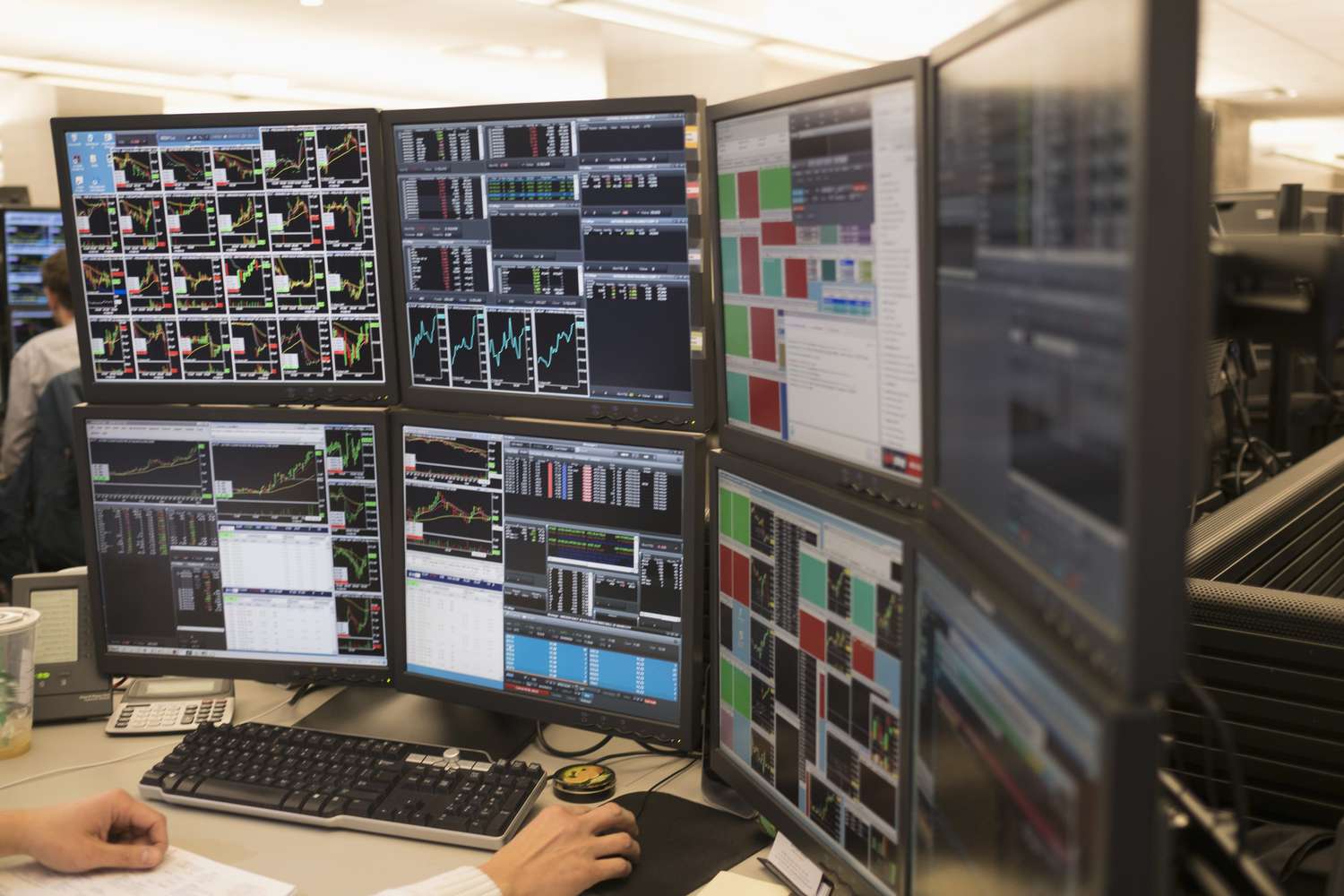
Why Real-Time Data Is Transforming DeFi Trading
Unlike traditional finance, where latency is measured in milliseconds but often buffered by intermediaries, DeFi runs on open ledgers where every second counts. Traders leveraging real-time data streams can monitor token prices, liquidity pool depths, and transaction volumes as they happen, enabling them to react instantly to market shifts. This agility is crucial for minimizing slippage during high volatility events and executing trades at optimal prices. As highlighted by Bulbapp.io, real-time insights unlock new levels of efficiency for both manual traders and algorithmic bots.
“Access to accurate trading data and real time market data is crucial for decision-making, as it helps traders respond quickly to market changes. “
Spotting Arbitrage: The Power of Up-to-the-Second Information
The decentralized nature of DeFi creates frequent price discrepancies across protocols. Traders using live auction feeds can identify these gaps, buying assets where they’re undervalued and selling where demand pushes prices higher. This isn’t just about profit; it’s a key mechanism for balancing prices across platforms, contributing to overall market efficiency. As explored in-depth by WalletFinder.ai, cross-chain visibility powered by real-time data is now foundational for modern arbitrage strategies.
Risk Management in a Hyper-Connected Market
With new pools launching daily and MEV searchers competing for profitable orderflow, risk management must evolve alongside opportunity. Real-time analytics allow traders to monitor liquidity imbalances, track unusual activity, and instantly assess their portfolio’s exposure during periods of rapid change. This proactive approach supports both compliance, by catching suspicious patterns early, and robust defense against flash crashes or rug pulls. Platforms like Amberdata are leading the way by offering granular trade metrics updated live from dozens of blockchains.
Top Tools for Real-Time Auction Data in DeFi
-

Amberdata: Delivers real-time and historical DeFi market data including trades, reference rates, and liquidity metrics. Amberdata’s robust APIs empower traders to build advanced strategies, monitor auction activity, and manage risk efficiently across multiple DeFi protocols. Learn more
-
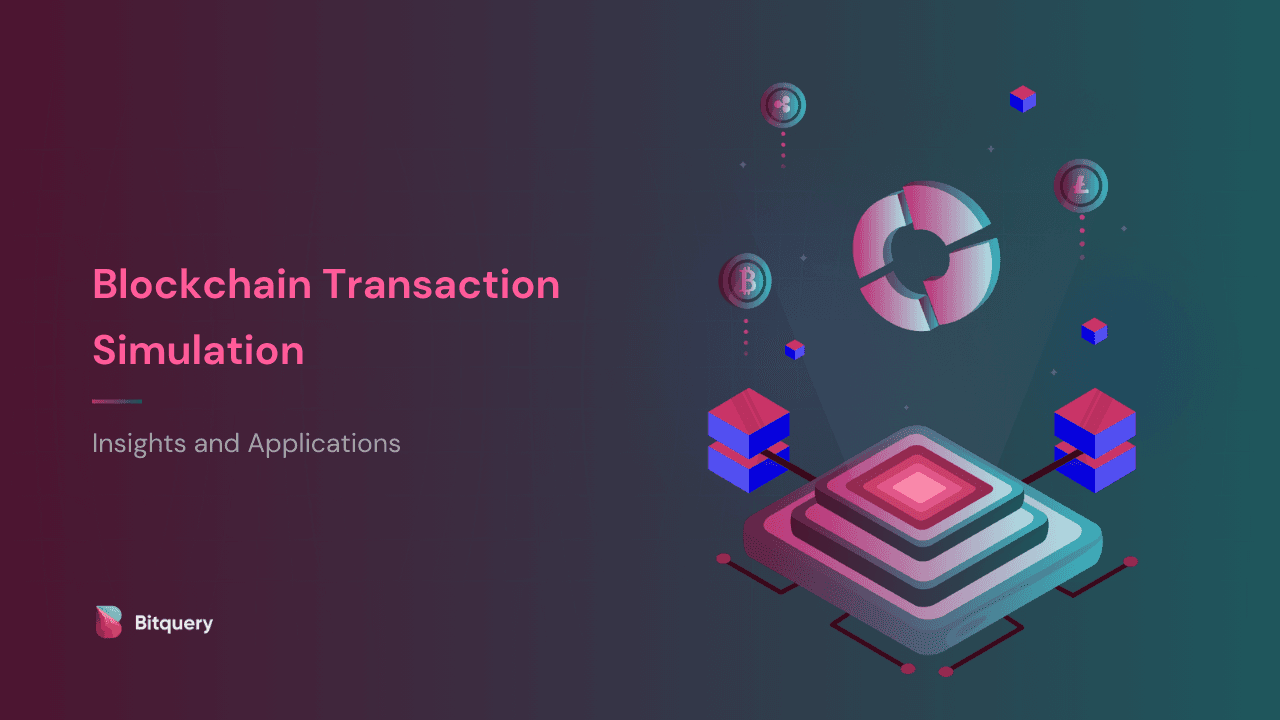
Bitquery: Offers zero-latency data streams and real-time GraphQL feeds for major blockchains and DEXs. Bitquery enables seamless integration for trading bots and analytics platforms, giving traders instant access to auction events and on-chain order flows. Explore Bitquery streams
-
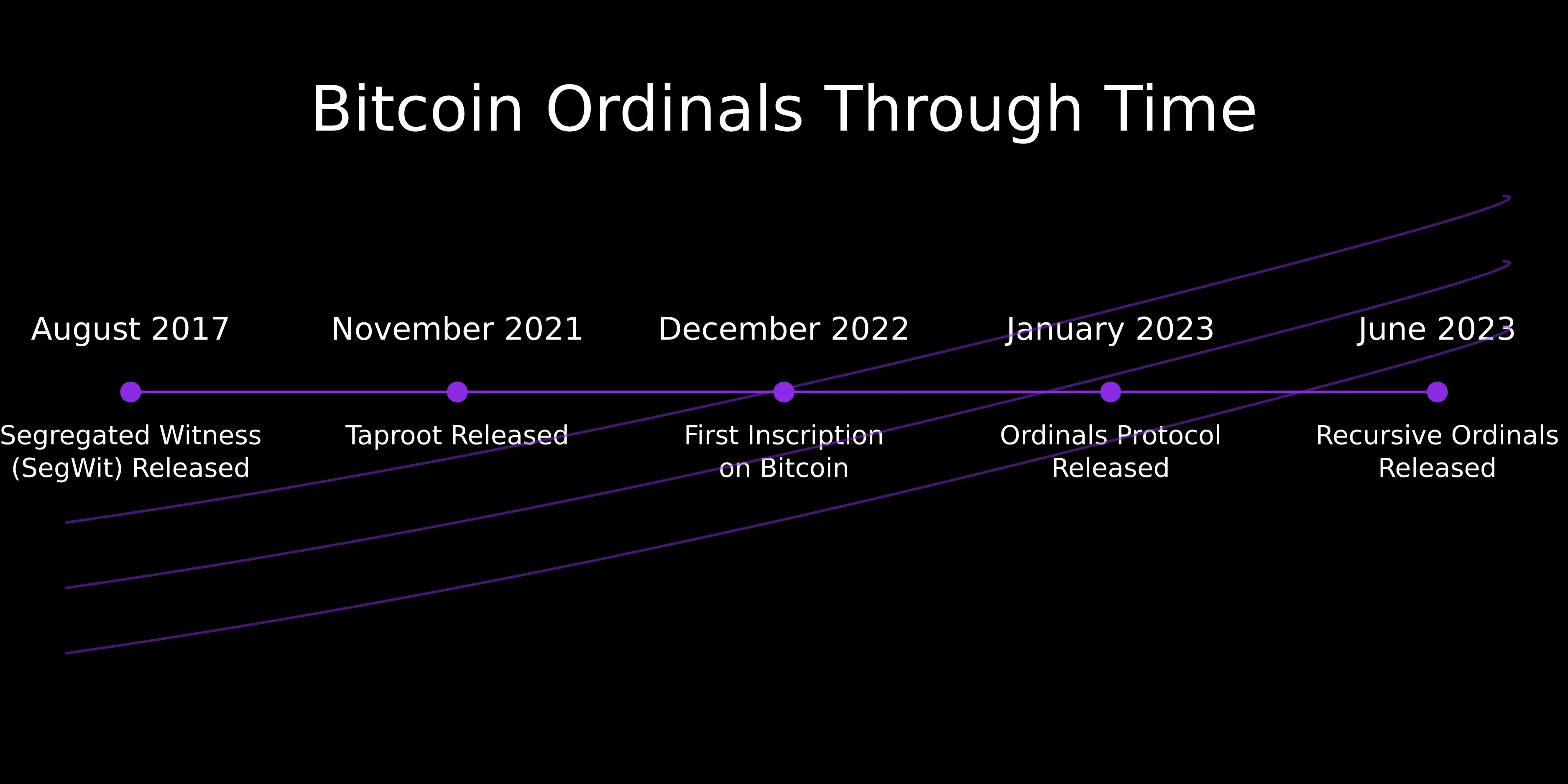
Maestro DeFi Market Feed API: Provides high-fidelity smart contract data feeds from leading DeFi protocols. Maestro’s API supports both historical and real-time data, helping traders visualize auction dynamics and make informed decisions. See Maestro API docs
-
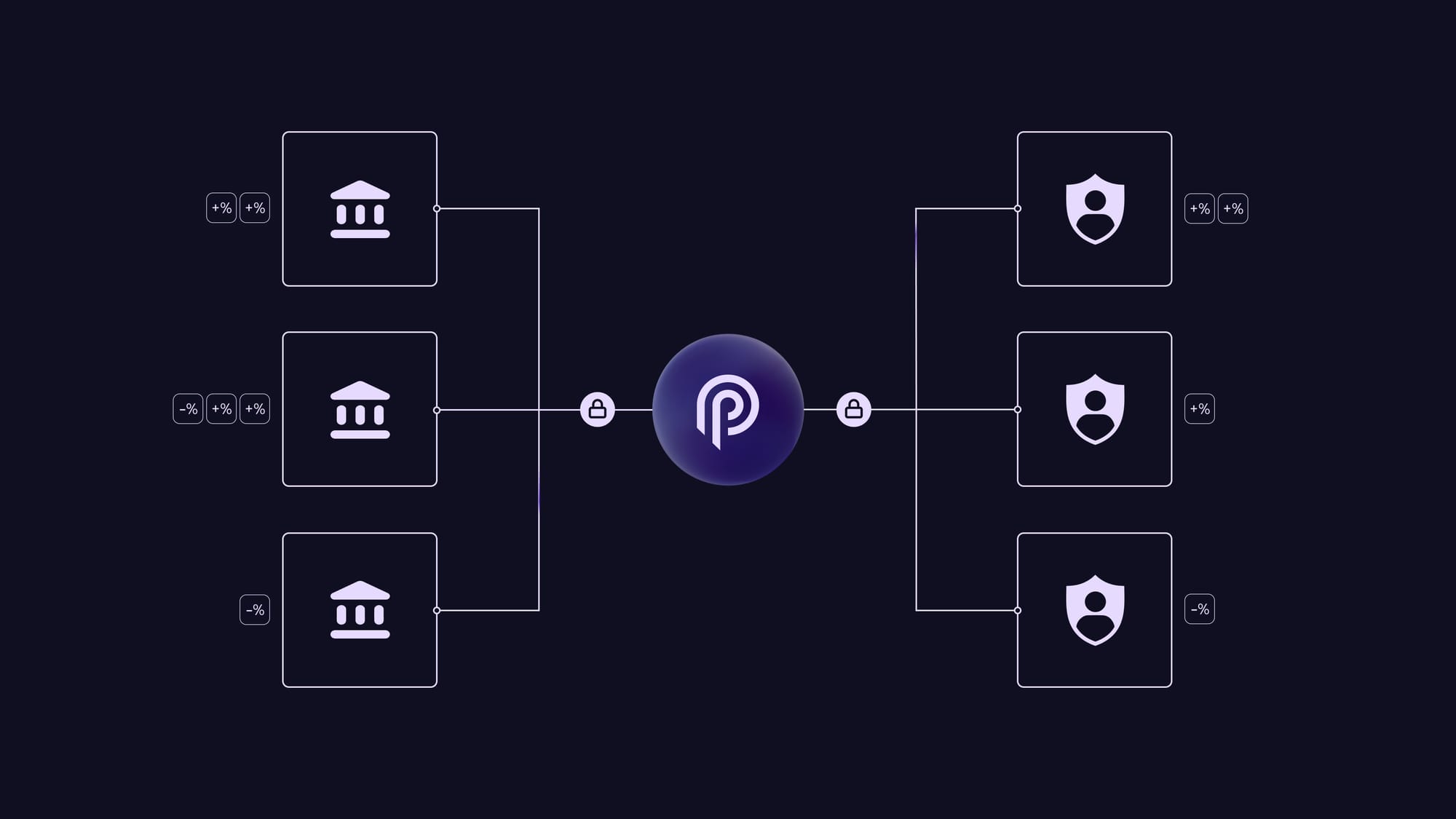
Pyth Network: Specializes in sub-second, real-time price feeds for DeFi markets, broadcasting auction and asset data across 70+ blockchains. Pyth’s oracle infrastructure is trusted for latency-sensitive DeFi applications, including priority and batch auctions. Discover Pyth Network
-
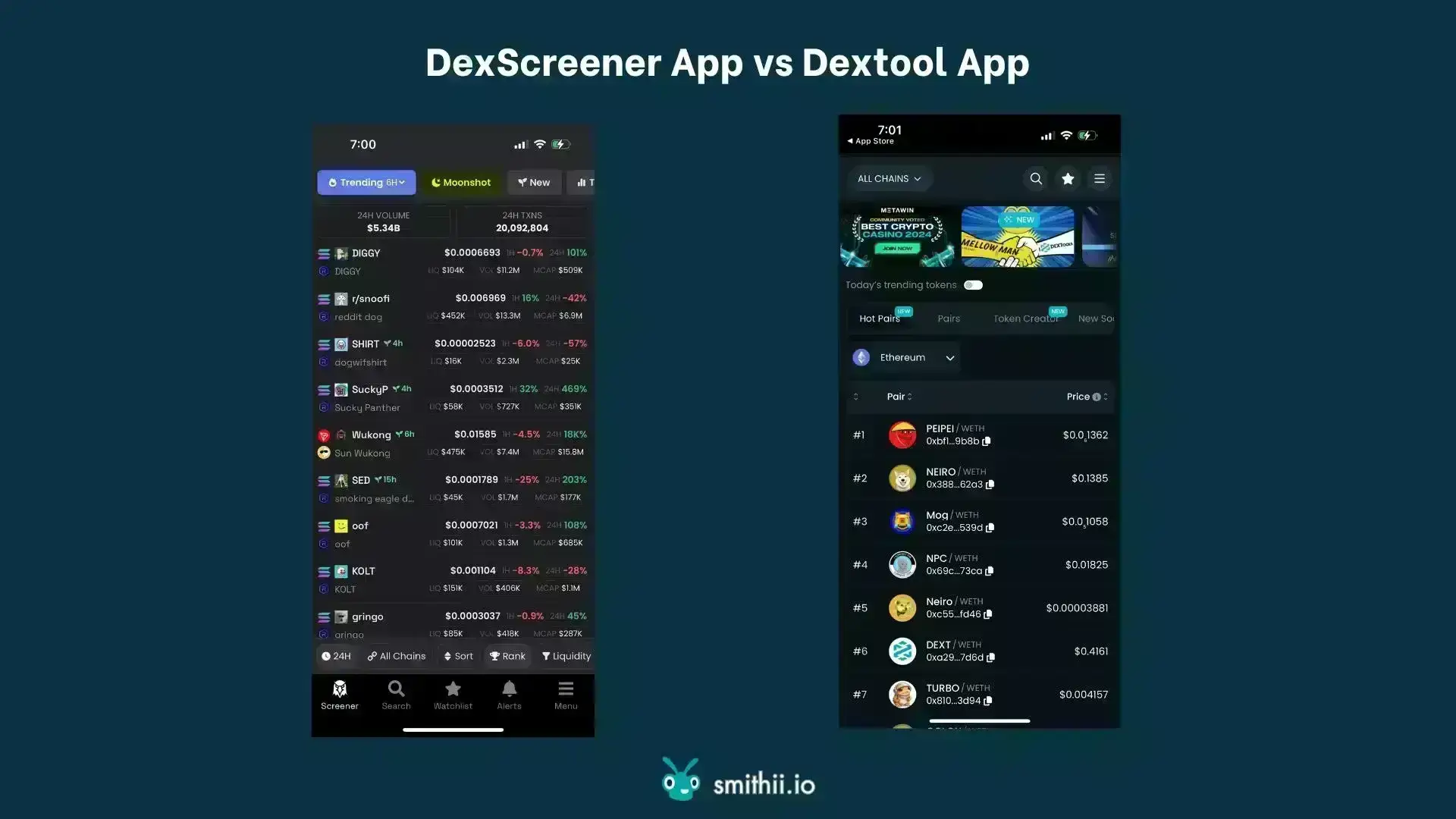
DEXTools: A popular analytics platform delivering live auction data, order books, and price charts for decentralized exchanges. DEXTools enables traders to monitor liquidity pool auctions and react instantly to market shifts. Visit DEXTools
The bottom line: In the race for alpha on decentralized markets, those equipped with the fastest, most reliable auction intelligence are best positioned to thrive as market structures evolve.





